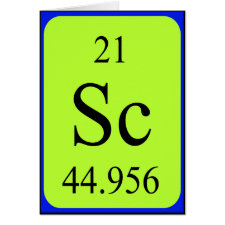
Authors: Luo J, Cong JJ, Liu J, Gao YH, Liu XY
Article Title: A facile approach for synthesizing molecularly imprinted graphene for ultrasensitive and selective electrochemical detecting 4-nitrophenol.
Publication date: 2015
Journal: Analytica Chimica Acta
Volume: 864
Page numbers: 74-84.
DOI: 10.1016/j.aca.2015.01.037
Alternative URL: http://www.sciencedirect.com/science/article/pii/S000326701500094X
Abstract: In this work, a novel and convenient strategy was developed to prepare molecularly imprinted polymers (MIPs) on the surface of graphene sheet. In this route, vinyl group functionalized graphene (GR/NVC) was first prepared by immobilizing 4-vinylcarbazole onto the surface of graphene via π-π interaction. The subsequent grafting copolymerization of methacrylic acid and ethylene glycol dimethacrylate in the presence of 4-nitrophenol (4-NP, template molecule) was carried out at GR/NVC surface, leading to the formation of GR/MIPs composite. The GR/MIPs composite was characterized by FTIR, fluorescence, TGA, SEM and AFM, and was used to fabricate electrochemical sensor for the detection of 4-NP. The electrochemical behavior of GR/MIPs sensor for 4-NP was investigated by cyclic voltammetry (CV) and differential pulse voltammetry (DPV). The effects of the preparation conditions, such as concentration of the NVC and template, the solution pH, and incubation time, were also optimized. Under optimized conditions, the DPV current response of GR/MIPs sensor was nearly 12 times than that of the GR/NIPs sensor. It also should be noted that as compared to traditional MIP, shorter response time and much higher current response were demonstrated. In addition, the GR/MIPs sensor could recognize 4-NP from its structural analogs, indicating the excellent selectivity of the GR/MIPs sensor. The peak current is linearly proportional to the concentration of 4-NP ranging from 0.01 μM to 100 μM and 200 μM to 1000 μM with a significantly low detection limit of 5 nM, a wider response range and lower detection limits as compared to most of the previously reported electrochemical sensors for 4-NP. Furthermore, the GR/MIPs sensor exhibits good stability with adequate reproducibility and has been successfully used to determine 4-NP in water samples
Template and target information: 4-nitrophenol, 4-NP
Author keywords: Graphene, molecular imprinted polymer, Electrochemical sensor, 4-nitrophenol



Join the Society for Molecular Imprinting

New items RSS feed
Sign-up for e-mail updates:
Choose between receiving an occasional newsletter or more frequent e-mail alerts.
Click here to go to the sign-up page.
Is your name elemental or peptidic? Enter your name and find out by clicking either of the buttons below!
Other products you may like:
 MIPdatabase
MIPdatabase









